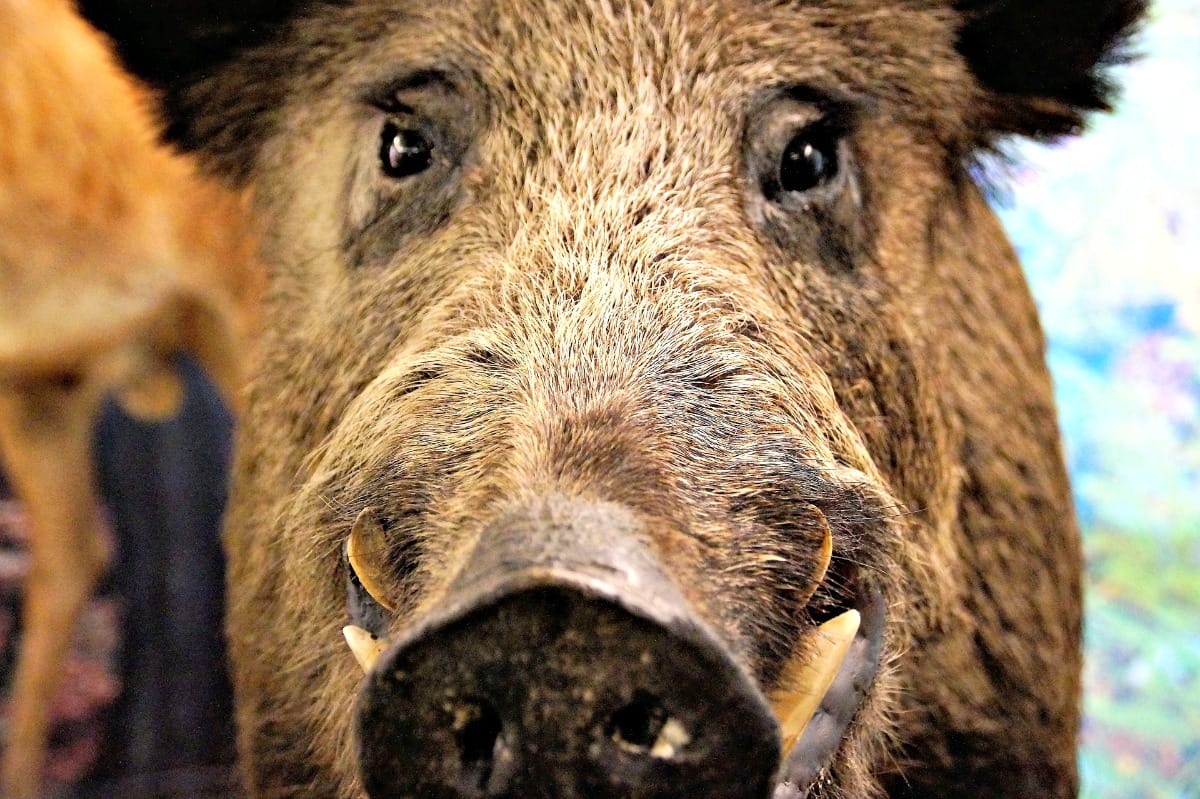

Uh oh...
It appears that you're using a severely outdated version of Safari on Windows. Many features won't work correctly, and functionality can't be guaranteed. Please try viewing this website in Edge, Mozilla, Chrome, or another modern browser. Sorry for any inconvenience this may have caused!
Read More about this safari issue.

Arkansas holds a special place in the history of children’s toys with the invention of the Wonder Horse by William Baltz in Pocahontas, Randolph County. In 1939, Baltz, an inventive surveyor and farmer, created a bouncing, rocking horse for his young son using packing crates and a wooden frame. This innovative twist on the traditional rocking horse quickly became a sensation in his community.

An early version of the Wonder Horse is displayed in the Randolph County Heritage Museum. Photo courtesy of the Arkansas Department of Heritage, Parks and Tourism.
Toy horses have captivated children for centuries. Hobby horses, or stick horses, date back to ancient Persia and Greece, where children played with them as early as 400 BC. The first recorded rocking horse appeared in the 1600s, with King Charles I of England owning one. By the Victorian era, painted rocking horses with spotted coats, leather saddles, and horsehair manes became beloved Christmas gifts for children, cementing their place in playrooms across the world.

Baltz named his creation the Wonder Horse, a nod to Arkansas’s nickname, the Wonder State. Neighbors immediately sought their own, and Baltz, with the help of a carpenter, began producing up to 50 horses a day. Despite his efforts, demand exceeded supply. In 1945, Baltz secured a patent for the Wonder Horse and sold it to A.G. Manning of Associated Woodworks in Memphis, the only company to see its potential for mass production. Manning expanded the toy’s legacy with several models, including a deluxe version with added features, ensuring the Wonder Horse’s place in childhood history.

The Baltz family in 1939. Bill Baltz, a man of humble German-migrant origin who couldn’t speak English until he was nine years old, became a successful surveyor and store owner even before his invention. He made enough money to raise a large family and to purchase a 1,500-acre farm in Randolph County. (Photo courtesy Randolph County Museum Archive)
Prices for the original Wonder Horse began at $10.95 for the base model and a deluxe ran up to $29.95. These prices when Associated Woodworks took over meant a family would need to save to bring home a Wonder Horse for Christmas, but the toy horse was still exceptionally popular. In fact, Manning expanded the selection of Wonder Horses to four different models and by the end of the 1950s, the factory shifted from using wood to molding the horses from plastic. This allowed for more colorful horses, and the palomino became a popular choice. Manning opened another factory in Illinois to keep up with demand for the Wonder Horse. The horse remained a popular toy through the next several decades, and many adults remember riding these bouncing horses in their childhoods.

The Wonder Horse is now instantly recognizable to those who rode so many afternoons away on a galloping horse invented in Arkansas. The Randolph County Heritage Museum in Pocahontas also keeps the story of William Baltz and the Wonder Horse alive. The museum has a display celebrating the history of the toy horse and some original Wonder Horses, although the first Wonder Horse, built by Baltz for his small son, isn’t in the museum.
Although you can no longer purchase a new Wonder Horse, spring rocking horses are still offered that closely resemble the original Wonder Horse. Vintage Wonder Horses can also be found for sale. Their plastic is a little faded, but the magic of the horse still lives.
Join the Conversation
Leave a Comment
5 responses to “The Wonder Horse | An Arkansas Original”
 Leave a Reply
Leave a Reply
We do the work.
You check your email.
Sign up for our weekly e-news.
Get stories sent straight to your inbox!












 Leave a Reply
Leave a Reply
This is my kind of story. I not only loved the story, but I also knew the horse! Thanks
I had a Wonder Horse named Lollipop that I adored! I had no idea Lollipop was an Arkansas horse.
I love this article! I have one that my husband keeps trying to throw away! Guess it’s time to sell!
I have a red wooden Wonder Horse, that belonged to my dad, my older brother, then me. My son just started riding him today.
My dad took me aside when I got him and told me, I have to keep a firm grip on him, he is too fast for most cowboys, that is why his name is Shoeshine. He is so fast, that when he starts running, the wind will shine your shoes. So hold on and don’t let him buck you off. Always wipe him down and keep him clean so he stays fast.
A great memory and a fantastic legacy. He looks almost new.
I had a the red one. I’ve been looking for pictures and/or articles about him. He and I rode quite a bit with Roy Rogers and others. LOL. Wish I still had him.